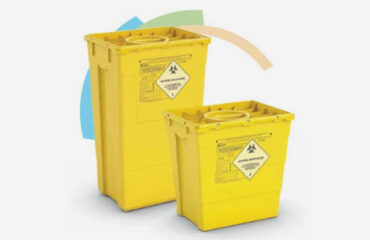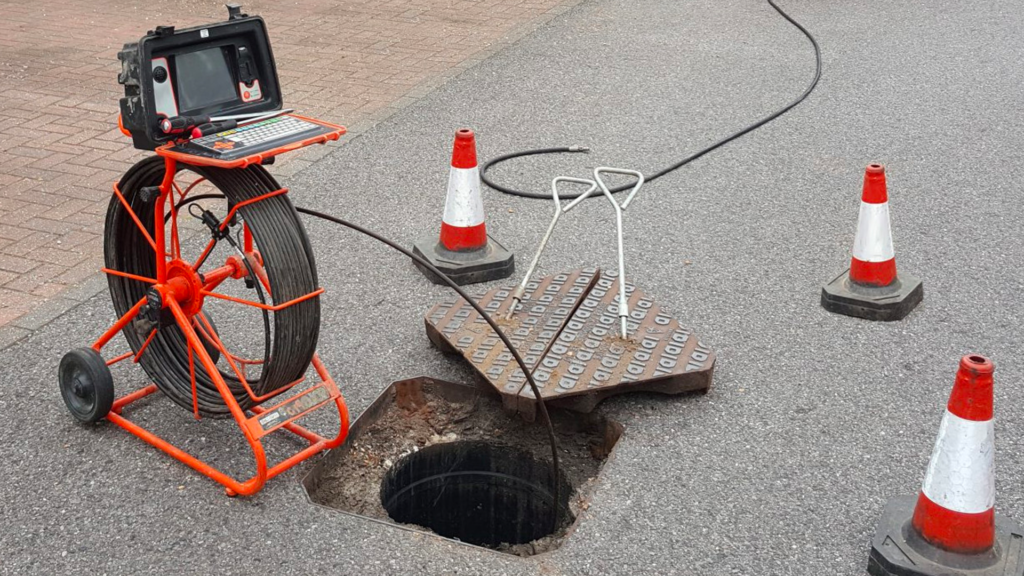Some Of Reclaim Waste
Some Of Reclaim Waste
Blog Article
What Does Reclaim Waste Mean?
Table of ContentsNot known Details About Reclaim Waste How Reclaim Waste can Save You Time, Stress, and Money.The smart Trick of Reclaim Waste That Nobody is DiscussingThe 30-Second Trick For Reclaim WasteThe Greatest Guide To Reclaim Waste
Discover the types, events, and types of fluid waste. Domestic sewer waste refers to the waste and items from a residential sewage-disposal tank. This kind of waste is created by humans in homes, institutions, and other structures. This only includes septic tanks that have a drainpipe field. The proper management and disposal of domestic sewer waste call for fluid waste to be moved to a sewage treatment plant where the proper approaches and tools are used to detoxify and throw away waste.
Industrial waste typically consists of potential hazards, such as combustible materials or a combination of fluid and strong waste products, and calls for a much more sophisticated and in-depth disposal procedure. The disposal of business waste usually includes the filtering of waste before transport to make certain safe and proper disposal. Hazardous waste is developed from by-products and runoff of industrial procedures and production.
This type of waste can not utilize the very same sewage monitoring transport or processes as septic or commercial fluids. The industrial waste administration process requires the examination and testing of liquid waste prior to it goes through the disposal procedure (liquid waste removal). Drainage waste is the fluid waste that originates from overflow and excess stormwater in highly inhabited areas or cities
Runoff waste can trigger contamination and flooding if not handled effectively. Making sure proper waste monitoring can protect against disasters and decrease ecological harm.
What Does Reclaim Waste Do?
Call PROS Providers today to discover our waste monitoring and disposal services and the proper methods to care for the fluid waste you generate.
(https://reclaimwaste1.start.page)Do you know what occurs to your water when you draw the plug, flush the toilet or drain the cleaning machine? No? Well, it's worth knowing. This so-called 'wastewater' is not just a vital source yet, after therapy, will be launched to our land, waterways or the ocean. Made use of water from bathrooms, showers, bathrooms, cooking area sinks, laundries and commercial processes is recognized as wastewater.

water made use of to cool down equipment or clean plant and devices). Stormwater, a type of wastewater, is runoff that streams from agricultural and city areas such as roofings, parks, yards, roads, courses and gutters into stormwater drains, after rainfall. Stormwater moves untreated directly to neighborhood creeks or rivers, at some point reaching the sea.
What Does Reclaim Waste Mean?
In Queensland, a lot of wastewater is dealt with at sewage therapy plants. Wastewater is moved from residential or industrial websites through a system of sewers and pump terminals, known as sewage reticulation, to a sewer therapy plant.
The Department of Natural Resources recommends city governments about managing, operating and keeping sewage systems and therapy plants. In unsewered areas, city governments might need householders to install individual or house sewer therapy systems to treat residential wastewater from toilets, kitchen areas, shower rooms and washings. The Department of Natural Resources why not look here authorises using home systems when they are proven to be efficient.
In some brand-new communities, treatment of some stormwater to eliminate trash, sand and crushed rock has actually begun utilizing gross contaminant catches. Wastewater therapy takes place in four phases: Removes strong issue.
Uses small living microorganisms recognizes as micro-organisms to damage down and get rid of remaining dissolved wastes and fine particles. Micro-organisms and wastes are incorporated in the sludge.
The 5-Minute Rule for Reclaim Waste
Nutrient removal is not offered in any way sewer therapy plants because it needs expensive specialist tools. It is becoming much more usual in Queensland. Clear fluid effluent generated after treatment may still consist of disease-causing micro-organisms. If this effluent is released right into rivers such as rivers or the sea, the micro-organisms will at some point pass away out.

A lot of wastewater moves into the sewerage system. Under the Act, regional governments carry out approvals and permits for environmentally pertinent activities (Ages) entailing wastewater releases that might have a local effect.
The Of Reclaim Waste
Monitoring provides factual info regarding water high quality and can validate that licence problems are being fulfilled. The information gotten via tracking supplies the basis for making water high quality decisions.
Report this page